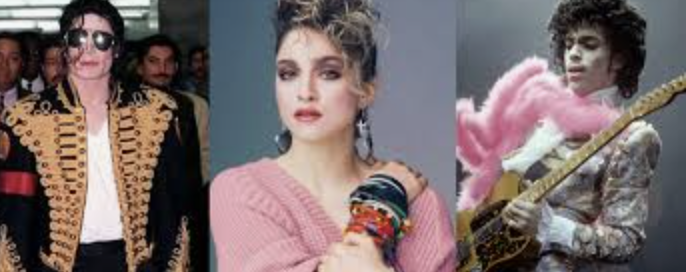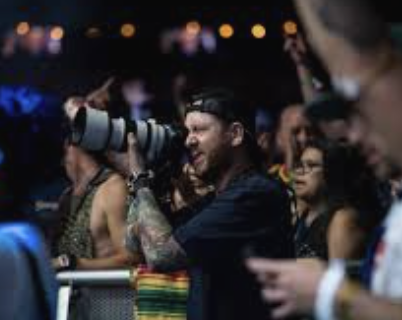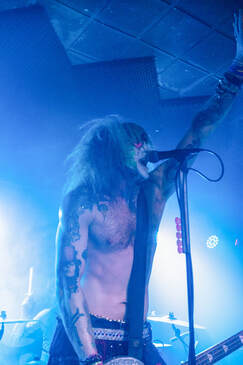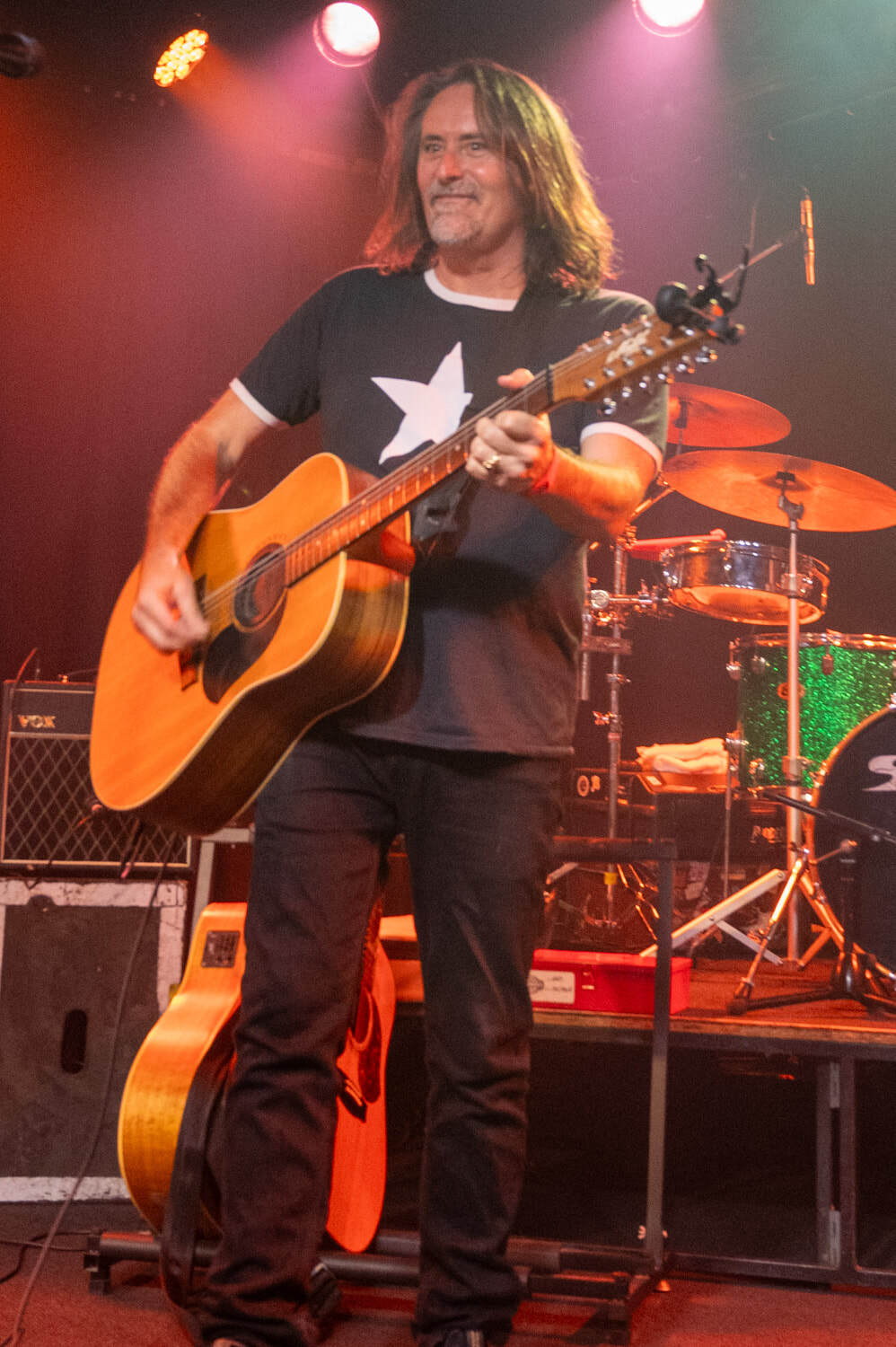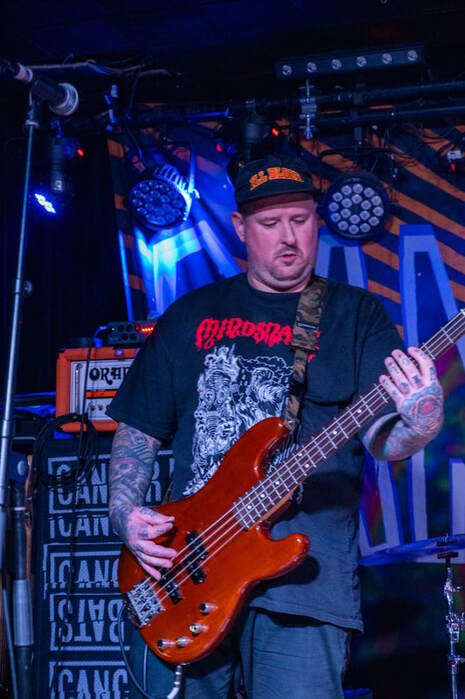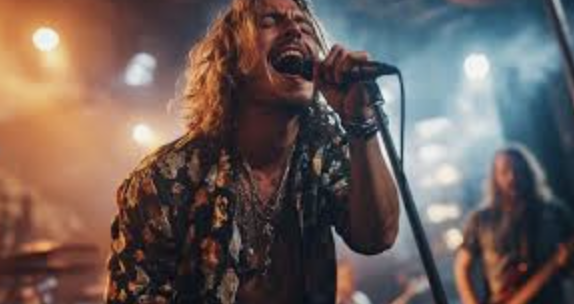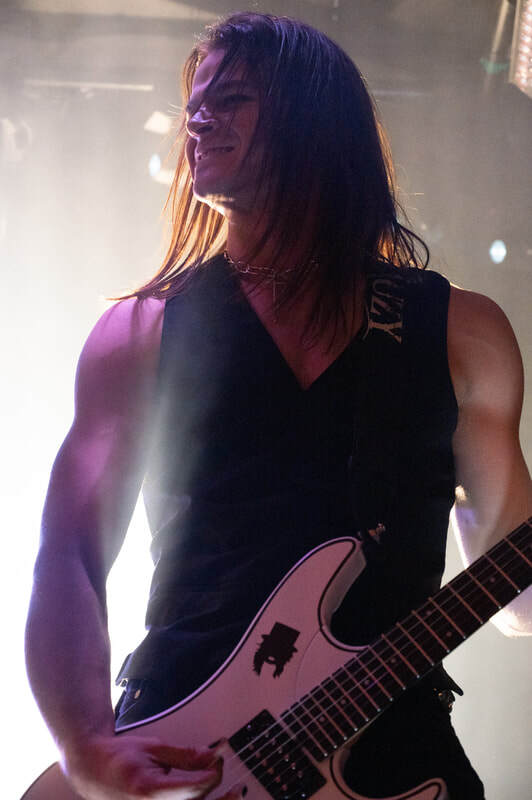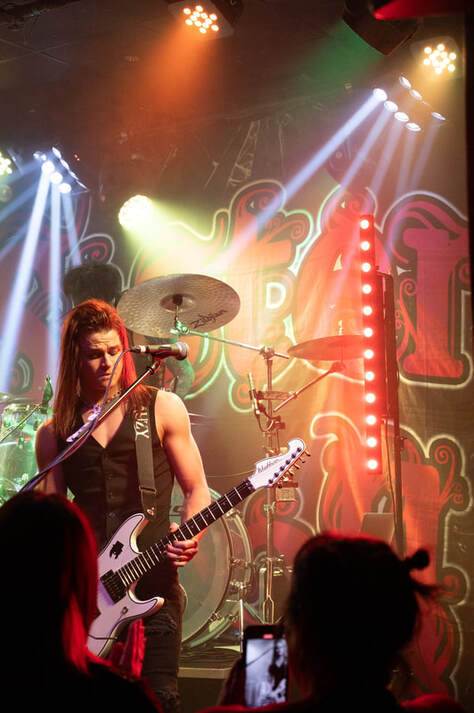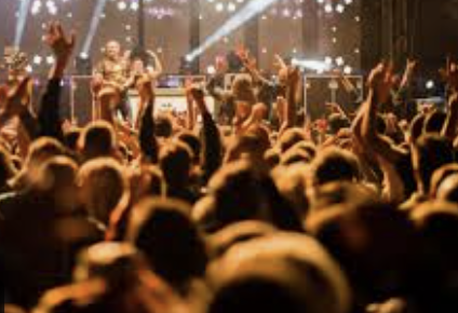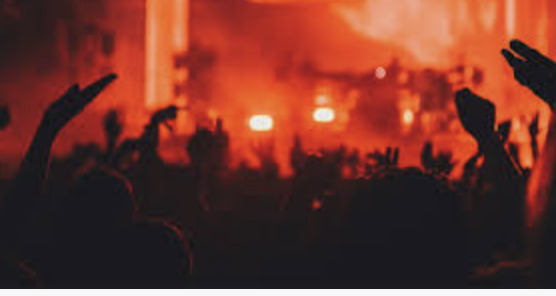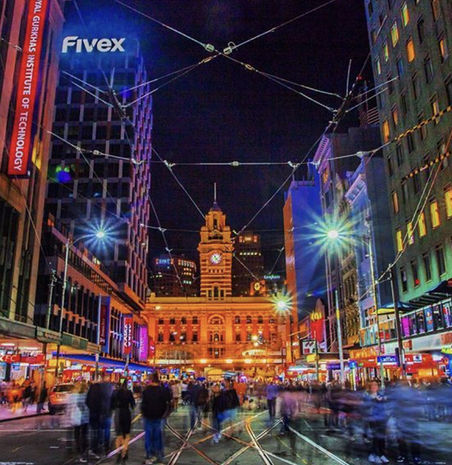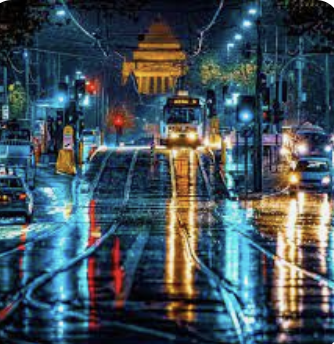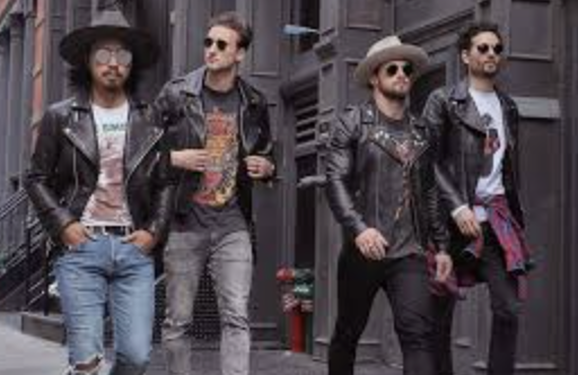
Fashion and music have always shared an intimate connection, each amplifying the other to create a complete sensory experience. In live music photography, capturing this interplay is crucial, as a musician’s style often reflects their sound, persona, and performance energy. This visual symbiosis is one of the elements that make shooting live gigs so dynamic and rewarding.
The Role of Fashion in Music:
Fashion isn’t just about looking good—it’s an extension of the artist’s identity and message. From the leather jackets and spikes of punk rock to the sequins and flamboyance of glam metal, musicians’ attire helps to define their image and communicate their artistic vision. Their style often mirrors their music, creating a cohesive aesthetic that draws fans deeper into their world.
For example, a punk band might wear ripped jeans, graphic tees, and combat boots, echoing the raw, rebellious nature of their sound. In contrast, a pop artist might favour sleek, vibrant outfits that exude energy and charisma, complementing their upbeat tracks. As a photographer, my job is to capture these elements in a way that highlights not just the clothing but how it interacts with the performance and music.
Capturing Fashion in Photography:
When I shoot a gig, I pay close attention to the musicians’ outfits, using them as a guide to frame my shots. The way a jacket sparkles under the stage lights or how a fringe sways as a guitarist jumps can add a layer of movement and texture to the photo. These details help tell the story of the performance, showing not just what happened but how it felt.
Lighting also plays a huge role in showcasing fashion. Spotlights, strobes, and coloured gels can transform an ordinary outfit into a visual spectacle. Knowing how to use lighting to highlight an artist's style is part of the challenge and thrill of live music photography. A well-timed spotlight can illuminate a singer’s sequined dress, making it shimmer in a way that captures the audience’s attention even in a still image. The Influence of Music Genres on Style:
Different music genres often dictate distinct fashion styles, and as a photographer, I adapt to these nuances. For instance:
• Rock and Metal: Leather jackets, studs, and dark tones dominate. I look for angles that highlight the ruggedness and intensity of these styles.
• Pop and Dance: Bright colours and bold patterns demand vibrant and energetic shots.
• Indie and Folk: Natural tones and textures often take centre stage, calling for a softer, more intimate photographic approach.
• Glam and Retro: Flashy outfits and dramatic makeup require attention to detail to capture the nostalgia and flair of the performance.
The Symbiotic Dance of Fashion and Music:
Ultimately, fashion and music are two sides of the same coin, each influencing and enhancing the other. The way a musician dresses informs their performance, and the energy of their music brings life to their attire. As a live music photographer, capturing this connection is one of my greatest joys.
Whether it’s the swish of a guitarist’s fringe jacket mid-solo or the way a singer’s glittering outfit catches the light during a crescendo, these moments add depth and personality to my work. By celebrating the interplay of fashion and music, I aim to create images that resonate with the spirit of the performance and the style of the artist, giving viewers a window into their world.
The Role of Fashion in Music:
Fashion isn’t just about looking good—it’s an extension of the artist’s identity and message. From the leather jackets and spikes of punk rock to the sequins and flamboyance of glam metal, musicians’ attire helps to define their image and communicate their artistic vision. Their style often mirrors their music, creating a cohesive aesthetic that draws fans deeper into their world.
For example, a punk band might wear ripped jeans, graphic tees, and combat boots, echoing the raw, rebellious nature of their sound. In contrast, a pop artist might favour sleek, vibrant outfits that exude energy and charisma, complementing their upbeat tracks. As a photographer, my job is to capture these elements in a way that highlights not just the clothing but how it interacts with the performance and music.
Capturing Fashion in Photography:
When I shoot a gig, I pay close attention to the musicians’ outfits, using them as a guide to frame my shots. The way a jacket sparkles under the stage lights or how a fringe sways as a guitarist jumps can add a layer of movement and texture to the photo. These details help tell the story of the performance, showing not just what happened but how it felt.
Lighting also plays a huge role in showcasing fashion. Spotlights, strobes, and coloured gels can transform an ordinary outfit into a visual spectacle. Knowing how to use lighting to highlight an artist's style is part of the challenge and thrill of live music photography. A well-timed spotlight can illuminate a singer’s sequined dress, making it shimmer in a way that captures the audience’s attention even in a still image. The Influence of Music Genres on Style:
Different music genres often dictate distinct fashion styles, and as a photographer, I adapt to these nuances. For instance:
• Rock and Metal: Leather jackets, studs, and dark tones dominate. I look for angles that highlight the ruggedness and intensity of these styles.
• Pop and Dance: Bright colours and bold patterns demand vibrant and energetic shots.
• Indie and Folk: Natural tones and textures often take centre stage, calling for a softer, more intimate photographic approach.
• Glam and Retro: Flashy outfits and dramatic makeup require attention to detail to capture the nostalgia and flair of the performance.
The Symbiotic Dance of Fashion and Music:
Ultimately, fashion and music are two sides of the same coin, each influencing and enhancing the other. The way a musician dresses informs their performance, and the energy of their music brings life to their attire. As a live music photographer, capturing this connection is one of my greatest joys.
Whether it’s the swish of a guitarist’s fringe jacket mid-solo or the way a singer’s glittering outfit catches the light during a crescendo, these moments add depth and personality to my work. By celebrating the interplay of fashion and music, I aim to create images that resonate with the spirit of the performance and the style of the artist, giving viewers a window into their world.
